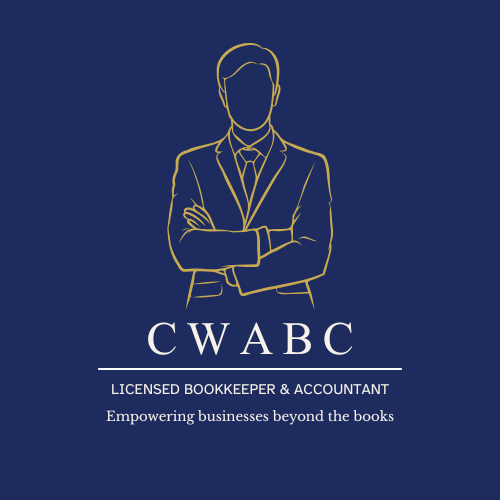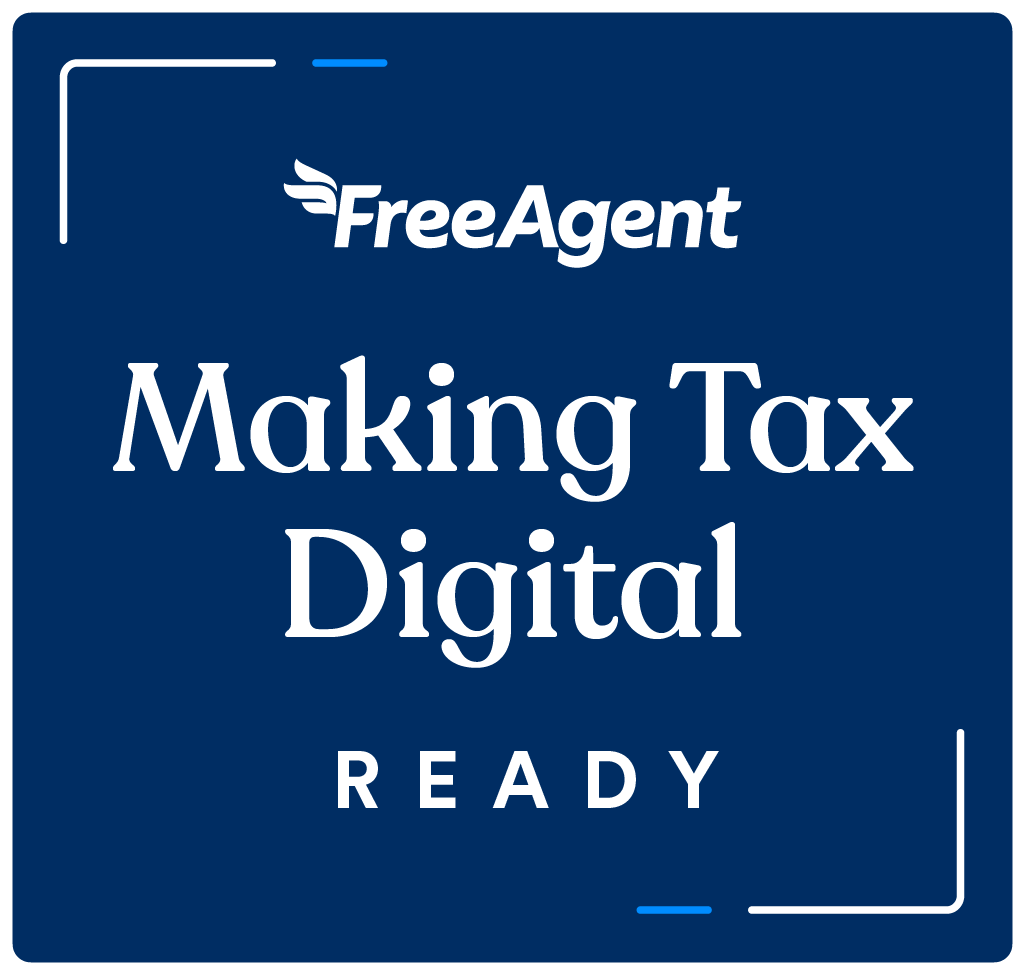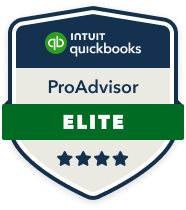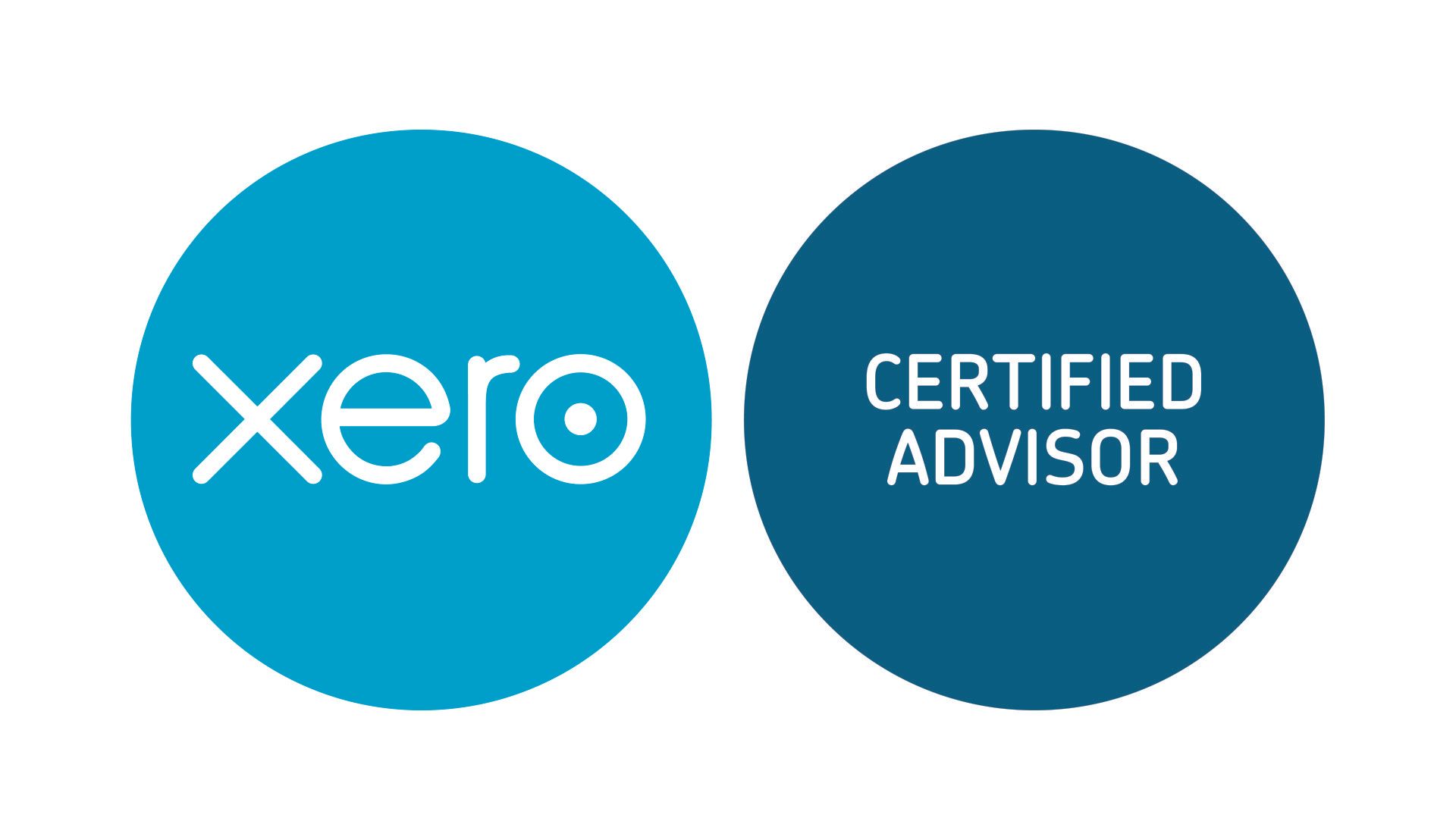Navigating Overlap Relief for a Seamless Transition in Tax Reporting
In the ever-evolving world of accounting and taxation, staying informed about changes and updates is crucial. One such development is the overlap relief information for basis period accounting. This is a critical aspect of the broader changes to basis period reform, affecting tax years starting from 1 April 2023. It's important for sole traders, the self-employed, and partnerships, especially those with accounting dates other than 31 March or 5 April. In this blog post, we'll delve into the key points surrounding overlap relief and how to ensure a smooth transition in your tax reporting.
Understanding Overlap Relief
Overlap relief is a concept that allows businesses to account for the transition period when moving to the new tax year basis. It's essential for those who may have historically underutilized overlap relief or have experienced accounting period changes. In essence, it helps you distribute transitional profits over a period of five tax years starting from 2023-24.
The HMRC's Role
It's important to note that the HMRC relies on the information provided in your previous year's tax returns to calculate overlap relief. This information is critical for accurate calculations. If this data has not been submitted in your previous tax returns, the HMRC will not have it at their disposal. In such cases, they may be able to provide historical profit figures, allowing you to recalculate overlap relief.
Accessing Overlap Relief Information
Accountants play a crucial role in this process. They can request overlap relief figures on your behalf. After submission, the HMRC will send a confirmation letter or email along with a submission reference. Keep in mind that it can take up to three weeks for the HMRC to review this information. Starting the process well in advance is advisable to avoid any potential delays.
How to Request Overlap Relief Information
For those seeking overlap relief figures, there's an online form available on the HMRC website. Here are the key details you'll need to provide when filling out the form:
- Customer name
- Unique Taxpayer Reference Number (UTR) or National Insurance number
- Name or description of the business
- Whether the business is a sole trader or part of a partnership
- If part of a partnership, the partnership’s UTR
- Date of commencement of the self-employed business or date of commencement as a partner in a partnership (if not known, then the tax year of commencement)
- The most recent period end date up to which the business reported its profit or loss
- Years the accounting period changed, if applicable
Ensure that you have all this information at your fingertips when preparing to complete the online form. You'll also need your Government Gateway user ID and password for self-assessment. If you don't have a user ID, you can create one when you first attempt to sign in.
Conclusion
Overlap relief is a vital component of the changing landscape of taxation. As your dedicated AAT licensed accountant, we are here to assist you with this transition. Remember that the HMRC relies on accurate data from previous tax returns to calculate overlap relief, and starting the process early can prevent unnecessary delays. By following the necessary steps and providing the required information, you can ensure a seamless transition and successful tax reporting in the 2023-24 transitional tax year.















